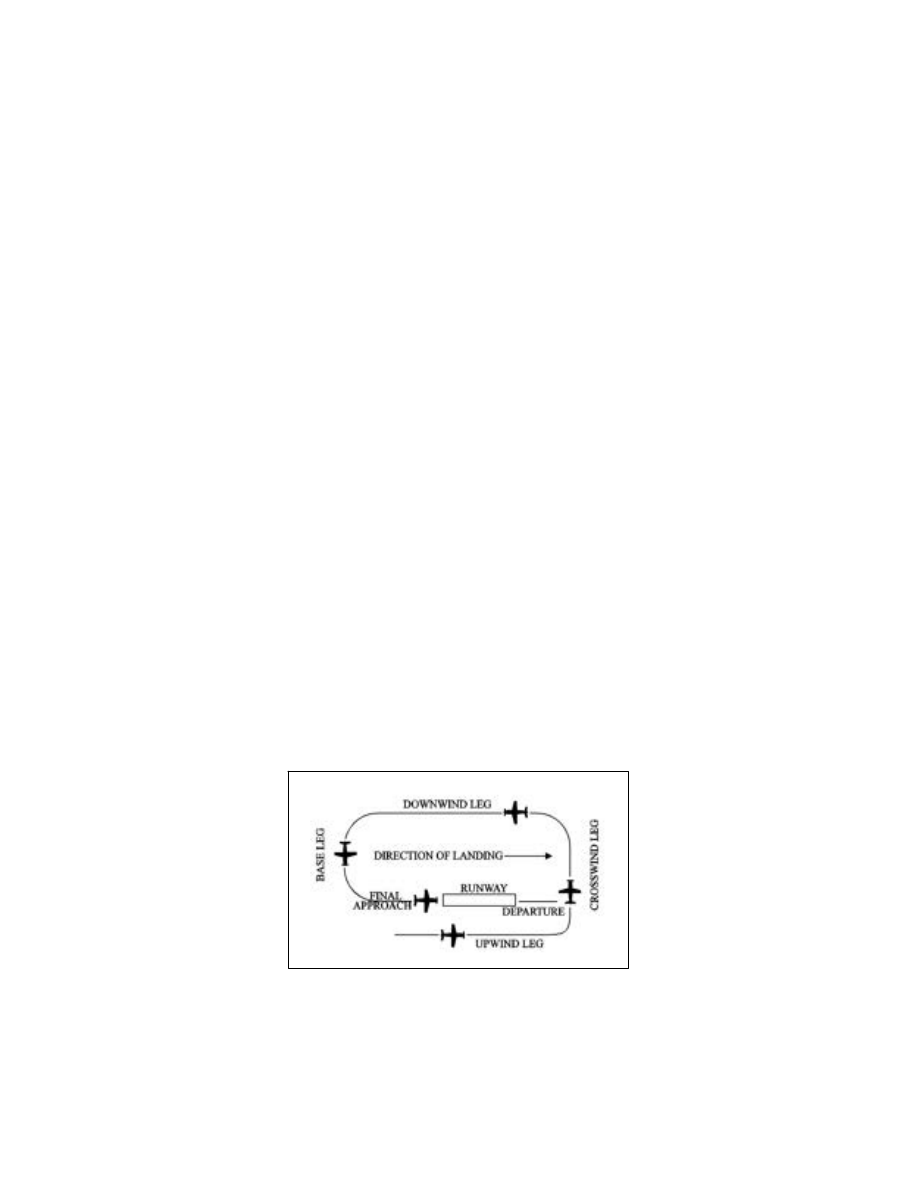
4/20/23
AIM
3.
In Alaska, pilots of aircraft conducting other than arriving or departing operations in designated CTAF
areas should monitor/communicate on the appropriate frequency while within the designated area, unless
required to do otherwise by CFRs or local procedures. Such operations include parachute jumping/dropping, en
route, practicing maneuvers, etc.
REFERENCE
−
AIM, Para 3
4, Parachute Jump Aircraft Operations
d. Airport Advisory/Information Services Provided by a FSS
1.
There are two advisory type services provided at selected airports.
(a)
Local Airport Advisory (LAA) is available only in Alaska and provided at airports that have a FSS
physically located on the airport, which does not have a control tower or where the tower is operated on a
part
−
time basis. The CTAF for LAA airports is disseminated in the appropriate aeronautical publications.
(b)
Remote Airport Information Service (RAIS) is provided in support of special events at nontowered
airports by request from the airport authority.
2.
In communicating with a CTAF FSS, check the airport’s automated weather and establish two
−
way
communications before transmitting outbound/inbound intentions or information. An inbound aircraft should
initiate contact approximately 10 miles from the airport, reporting aircraft identification and type, altitude,
location relative to the airport, intentions (landing or over flight), possession of the automated weather, and
request airport advisory or airport information service. A departing aircraft should initiate contact before taxiing,
reporting aircraft identification and type, VFR or IFR, location on the airport, intentions, direction of take
−
off,
possession of the automated weather, and request airport advisory or information service. Also, report intentions
before taxiing onto the active runway for departure. If you must change frequencies for other service after initial
report to FSS, return to FSS frequency for traffic update.
(a)
Inbound
EXAMPLE
−
Vero Beach radio, Centurion Six Niner Delta Delta is ten miles south, two thousand, landing Vero Beach. I have the
automated weather, request airport advisory.
(b)
Outbound
EXAMPLE
−
Vero Beach radio, Centurion Six Niner Delta Delta, ready to taxi to runway 22, VFR, departing to the southwest. I have the
automated weather, request airport advisory.
3.
Airport advisory service includes wind direction and velocity, favored or designated runway, altimeter
setting, known airborne and ground traffic, NOTAMs, airport taxi routes, airport traffic pattern information, and
instrument approach procedures. These elements are varied so as to best serve the current traffic situation. Some
airport managers have specified that under certain wind or other conditions designated runways be used. Pilots
should advise the FSS of the runway they intend to use.
CAUTION
−
All aircraft in the vicinity of an airport may not be in communication with the FSS.
e. Information Provided by Aeronautical Advisory Stations (UNICOM)
1.
UNICOM is a nongovernment air/ground radio communication station which may provide airport
information at public use airports where there is no tower or FSS.
2.
On pilot request, UNICOM stations may provide pilots with weather information, wind direction, the
recommended runway, or other necessary information. If the UNICOM frequency is designated as the CTAF,
it will be identified in appropriate aeronautical publications.
f. Unavailability of Information from FSS or UNICOM
Should LAA by an FSS or Aeronautical Advisory Station UNICOM be unavailable, wind and weather
information may be obtainable from nearby controlled airports via Automatic Terminal Information Service
(ATIS) or Automated Weather Observing System (AWOS) frequency.
Services Available to Pilots
4
−
1
−
5